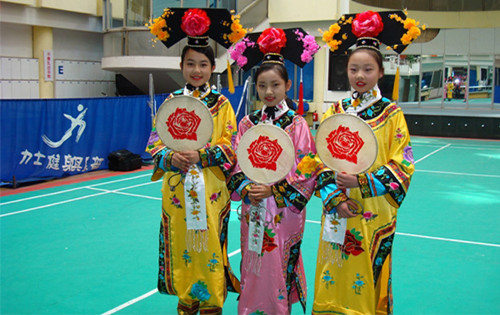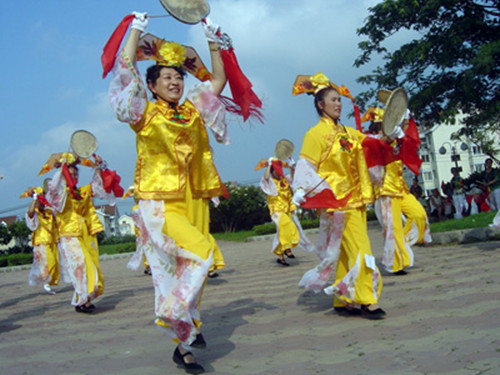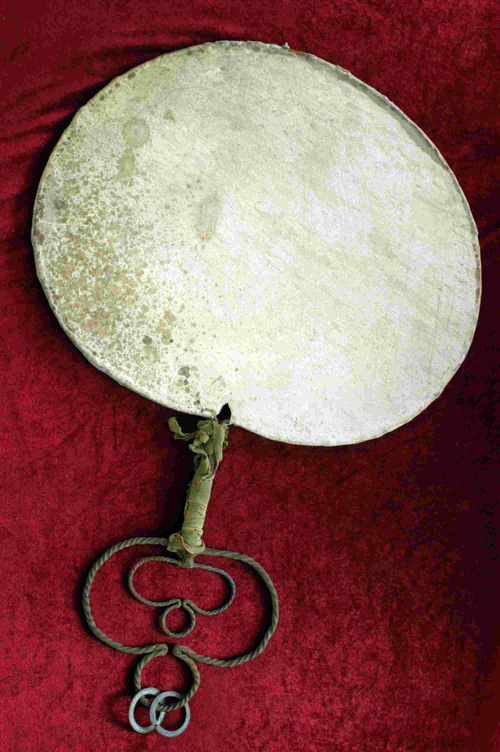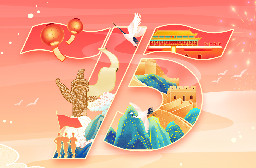Taiping Drum Dance: moving to the beat

Primary school students in a Taiping Drum Dance troupe are dressed in Manchu costumes in Hohhot city. [Photo/Hohhot Intangible Cultural Heritage Protection Center]
The Taiping Drum Dance is a folk art form originating from the Ming Dynasty (1368-1644) and became common during the Qing Dynasty (1644-1911).
The Hohhot Manchu Taiping Drum Dance, often performed in and around the city of Hohhot, capital of North China's Inner Mongolia autonomous region, has a history of some 300 years and was recognized as a representative project of autonomous region-level intangible cultural heritage in 2009.

A Taiping Drum Dance performance in Hohhot city, in Inner Mongolia. [Photo/Hohhot Intangible Cultural Heritage Protection Center]
Characterized by its distinct local flavor in terms of the skillful drum beat and the changing steps and formation, the art form is designed to express love and hope for peace, prosperity and a better life.
The Taiping drums are single-sided drums, made of Korean paper or sheepskin, cowhide, donkey skin and other materials.
When performing the Taiping Drum Dance, the dancers usually wear traditional Manchu costumes.

An example of the Taiping drum which is used for the dance. [Photo/Hohhot Intangible Cultural Heritage Protection Center]







